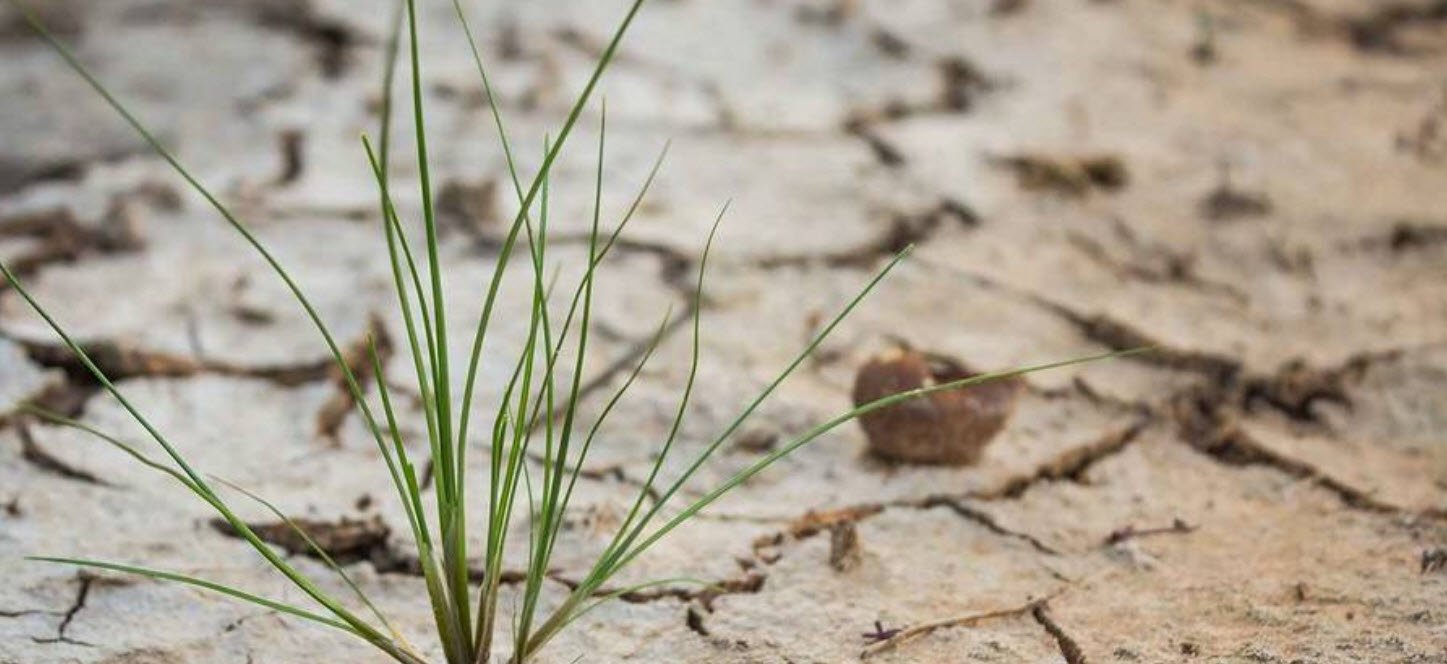
Gardening in shallow soils can be a daunting task for any green thumb. These soils restrict plant roots, are often nutrient-deficient, and tend to dry out quickly. Typically, shallow soils consist of a thin layer of topsoil sitting atop a dense clay subsoil or bedrock. In some cases, builders may contribute to shallow soils by scraping away topsoil during construction.
Despite these challenges, with thoughtful plant selection and strategic gardening practices, it is possible to create thriving and beautiful landscapes in shallow soil conditions.
In this article, we explore effective strategies for working with shallow soils and cultivating resilient gardens.
1. Choose Shallow-Rooted, Drought-Tolerant Plants:
When faced with naturally shallow topsoil, the key to successful gardening lies in selecting plants that have shallow roots and are adapted to rocky habitats. Such plants have evolved to thrive in limited soil depths and tolerate drought conditions.
In the Pacific Northwest, consider planting alpine aster (Aster alpinus), harebell (Campanula rotundifolia), and meadow pink (Dianthus deltoides). These resilient species not only embrace shallow soils but also add color and charm to the garden.
2. Utilize Raised Planting Beds:
Raised planting beds are an excellent solution for gardening in shallow soils. Elevating the planting area creates additional soil depth for roots to explore, providing a more hospitable environment for a wider range of plants. Construct the raised beds using suitable materials like bricks, stones, or wooden frames, and fill them with well-draining soil enriched with compost.
3. Incorporate Compost and Green Manures:
To enhance the nutrient content and structure of shallow soils, incorporate compost and green manures. Compost adds organic matter, nutrients, and beneficial microorganisms to the soil, fostering healthier plant growth. Green manures, such as cover crops, can be grown and turned into the soil to improve its fertility and structure.
4. Mulch to Retain Moisture:
Mulching is a valuable practice for conserving soil moisture and moderating temperature fluctuations in shallow soils. Apply shredded leaves, bark, or other organic materials as mulch to help retain moisture, suppress weed growth, and protect the soil from direct exposure to the sun.
5. Implement Efficient Watering Techniques:
Given the limited water-holding capacity of shallow soils, efficient watering techniques are essential. Drip irrigation or soaker hoses deliver water directly to the plant roots, reducing water loss due to evaporation and promoting efficient water use.
6. Monitor Soil Moisture and Plant Health:
Regularly monitor soil moisture levels in shallow soils and adjust watering practices accordingly. Avoid overwatering, as excess water can lead to waterlogged conditions and root rot. Watch for signs of stress in plants, such as wilting or stunted growth, and make adjustments to meet their specific needs.
By adopting these strategies and embracing the unique characteristics of shallow soils, gardeners can create stunning and thriving landscapes. Shallow-rooted, drought-tolerant plants add interest and beauty to the garden while conserving water and resources. With patience, care, and a touch of creativity, shallow soils can become a canvas for cultivating resilient and captivating gardens that celebrate the wonders of nature’s adaptability.
You may also like:- From Seed to Soil – How to Kickstart Your Garden
- Top 10 Plants You Can Grow Instead of a Fence
- Winter Sowing – Growing Resilient Plants From Seed in the Cold
- 12 Medicinal Plants You Can Grow At Home
- Effective Gardening Tips for Saline Soils
- Effective Strategies For Working With Acid Soils
- Perennial Plants: The Garden’s Timeless Beauties
- Understanding the World of Horticulture: Varieties, Propagation, and More
- Top Strategies for Dealing with Compacted Soils
- Top 6 Effective Strategies For Working With Wet Soils








